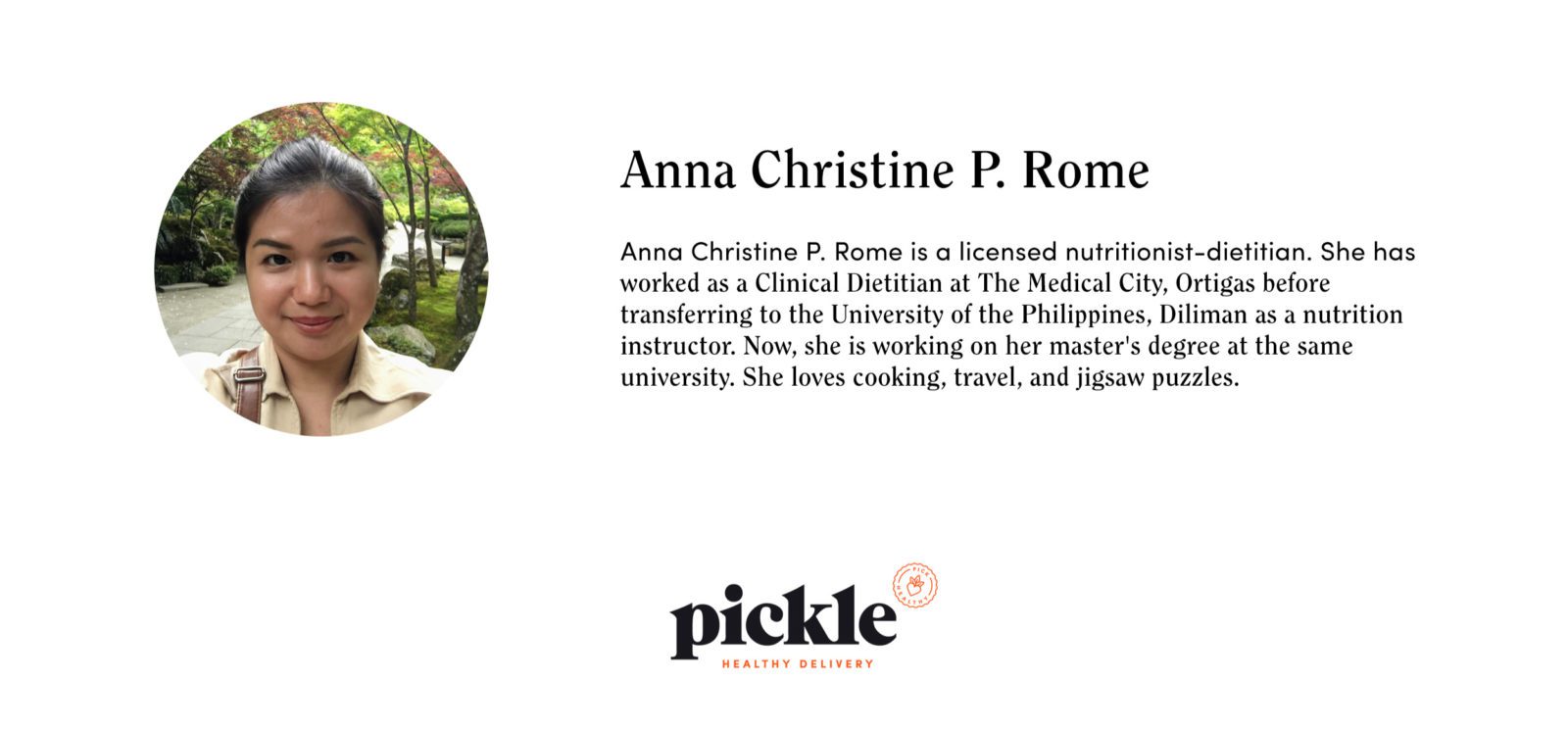Cholesterol is essential to health.

Yes, you heard that right! Unlike the popular belief of avoiding cholesterol-rich foods, cholesterol is one of the key ingredients in making hormones (i.e. testosterone and estrogen), in producing Vitamin D for bone structure, and in creating new cell in our body. But what is exactly is cholesterol?
Cholesterol is a waxy, fat-like substance that is produced in the liver and travels throughout the body. Food sources of cholesterol include eggs yolk, cheese, and meat. But too much cholesterol in the body will lead to heart disease and stroke. And here’s why.
There are two main types of cholesterol carried by a protein, the Low-density lipoprotein (LDL) and the High-density lipoprotein (HDL). Low-density lipoprotein is commonly called the ‘bad cholesterol’. Why? Low-density lipoprotein is seen to develop and build up plaques on the walls of your arteries making them narrow and thus increase your chance of having heart disease. These plaques can also move to the different parts of your body, which can block small vessels and cause serious health problems. And this is where HDL comes in. High-density lipoprotein, often called the ‘good cholesterol’, picks up LDL away from your artery and brings it back to the liver, where it is broken down and process for excretion.
However, our body needs LDL to function, therefore it is not totally a ‘bad cholesterol’. Low-density lipoprotein is an important carrier of cholesterol to the cells, where it is used for membrane structure or for hormones production. What we want is to keep LDL low and HDL high to maintain our body a good state. An LDL level of less than 100mg/dL and HDL level of more than 60mg/dL is desirable for adults.
So how do we keep our LDL and HDL in correct proportion? Well, first you have to know your numbers. It is recommended that people at the age of 45 years and above check their lipids profile at least every year or two. Being aware of your current cholesterol status will definitely give you a one step ahead of preventing heart disease.
Changing your lifestyle will also go a long way in keeping your numbers safe. Yet it is important to see your doctor for a routine check-up, as lifestyle changes may not be enough to control your blood cholesterol and keep your HDL and LDL in the right proportion.
Here are some of the ways to lower your cholesterol:
Engage in physical activity
Physical activity can actually help you in keeping HDL high and LDL low. A 150-minutes moderate-intensity exercise a week is enough to lower blood cholesterol and pressure. This includes brisk walking, jogging, and even gardening.
Lose weight
Overweight tends to raise LDL and lower HDL. A weight loss of 1-2 pounds per week can help to improve your cholesterol numbers.
Stop smoking
Based on studies, smoking can lower your HDL levels. Smoking not just increase your risk for developing heart disease, but it can worsen your total health.
Eat a heart-friendly diet
Few changes in your diet can improve your heart’s health. You can start by including foods rich in omega-3 fatty acids such as salmon, mackerel, and nuts; increasing your intake of soluble fiber from oats, vegetables, and fruits; and eliminating the sources of trans-fat such as processed foods while choosing cooking oil of vegetables origin.
Luckily at Pickle Ph, we work to help you achieve your health goals by sharing some of the workloads of cooking a healthy and delicious meal. With Pickle Ph, you won’t need to worry about choosing heart-healthy foods because we serve well-balanced, healthy diets tailored to your needs.
Here are some tips to help you move each day:
Do simple body stretching during TV commercials. If you can, you can increase intensity by doing squats or jumping jacks.
Walk for 5 minutes every one or two hours.
Try to save 15 minutes of your lunch break to do your routine walking. This will not only increase your activity but also energize you to work on the second part of your day.
Do some wall or counter push-ups or tip-toes while your wait for your food to cook or heat up.
Use a bottle with about 1-2 liters of water as dumbbells and do biceps or triceps curls while watching your favorite shows.
6. You can also do chair exercise such as stand-and-sit exercises in the office once in a while.
It is also advisable to look for opportunities to do extra movement in your chores. Have a message for your officemate down the hall? Might as well go personally to him/her instead of sending an email or phone call. Simple improvements in activity may not matter much individually, but making it a routine will do. In the end, it’s up to you. Will you just sit or be fit?

